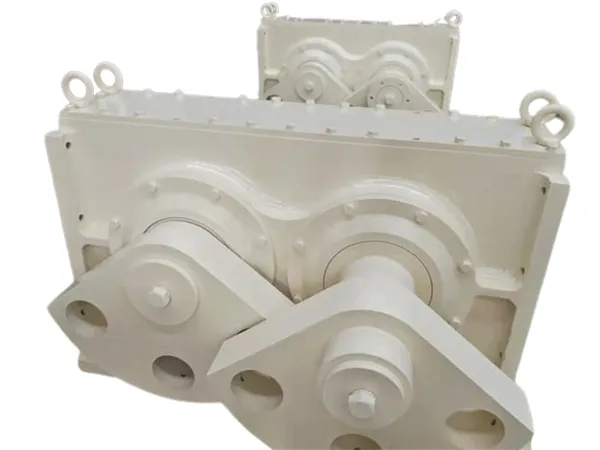Selecting the appropriate vibrating screen exciter is crucial for the efficient operation of a vibrating screen, as it directly affects the screen’s performance, including vibration intensity, frequency, and amplitude. The exciter generates the required vibration to separate materials on the screen. Below is a step-by-step guide to selecting the right exciter for your vibrating screen.
Vibrating Screen Exciter Selection

1. Understand the Vibrating Screen Requirements
Before choosing an exciter, it’s essential to understand the specific requirements of your vibrating screen:
Screen Type: Determine the type of screen you are using (e.g., linear, circular, elliptical, etc.).
Vibration Motion: Define the desired vibration motion (e.g., linear, circular) and amplitude.
Load and Throughput: Determine the expected load on the screen and the desired material throughput.
Screen Size: Identify the dimensions of the vibrating screen, including width, length, and deck number.
Material Characteristics: Consider the properties of the material being processed (e.g., dry, wet, sticky, large lumps).
2. Consider the Type of Exciter
Exciters come in different types based on the mechanism used to create vibration. The most common types are:
A. Electric Exciter
Principle: Uses an electric motor with an unbalanced weight to generate vibration.
Use Case: Commonly used in linear or circular vibrating screens.
Advantages:
Simple, cost-effective, and reliable.
Easy to adjust vibration frequency.
Disadvantages:
Limited power output compared to hydraulic exciters.
Can require maintenance due to motor wear.
…
For more detailed information about Vibrating Screen Exciter Selection Guide, please visit : https://www.zexciter.com/en/a/news/vibrating-screen-exciter-selection-guide.html


